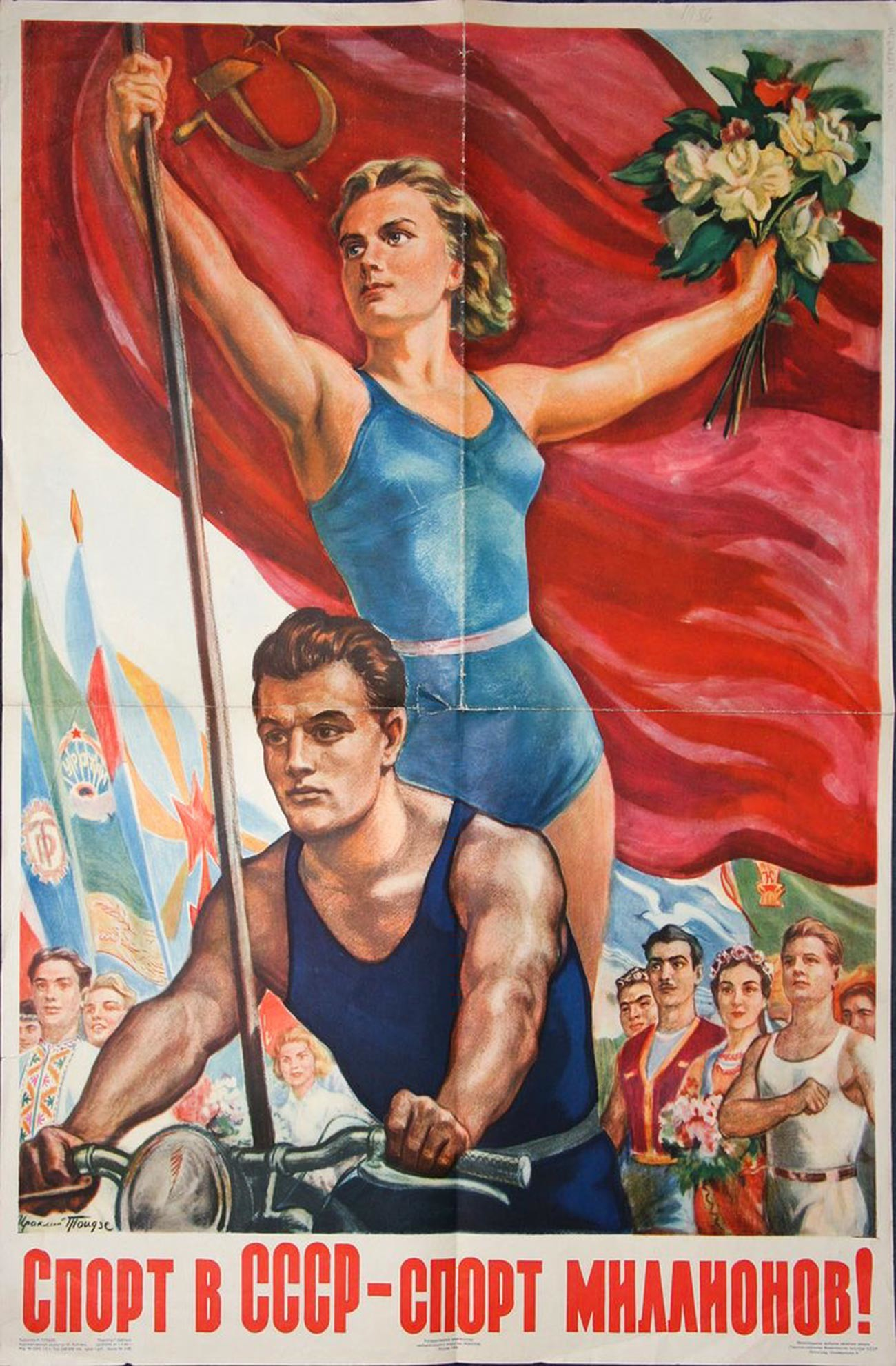Hey everyone,
Don’t know if this is the community to ask, and if there any Olympic lifting enthusiast here.
Been going to the gym for the last 2 months, 6 times a week but I have been mostly doing machines (body building exercises). I have been fascinated with Olympic Lifting but is really hard to find workout plans online, for it.
My gym offers crossfit classes, but it only has 10 slots and are currently full…
Currently trying to do a Clean, but not strong enough to do it properly with the bar only. (Struggling with my shoulders).
Any ideas for workouts, to slowly build the core in order to be able to do the OLY lifts with the bar (in order to then train the technique).
Don’t know if it matters but 1.67cm and 58Kg.
You can start with doing the five basic lifts: deadlifts, back or front squats, barbell rows, bench press and overhead press.
They should be able to give you the foundation to begin doing cleans and jerks etc.
I have never done olympic lifting myself but a friend does them. He started with these in the beginning.
Thanks currently my workout includes deadlifts, back squats.
Will try to include them on my workout !
deleted by creator
The thing with those beginners Olympic training plans is they assume that I can/know already how to do the movements.
Actually this week I trained using the 531 method you gave me and actually I feel a lot stronger. Maybe placebo but I will keep on developing my workout plan. 531 seems a lot of sets…
deleted by creator
It helps to break down the movements, and when you do this you find out that a clean is just three things: a deadlift, a front squat, and a press (not overhead press, which is strict – i.e. not allowed to bend the knees. You can bend the knees twice in a clean and jerk).
Well, there’s also a high pull somewhat. I heard they’re bad for your shoulders but the movement is a bit different in a clean and jerk; you do pull the bar to your shoulders, but then instantly rotate. No injury there.
Anyway, all the pro weightlifters train with these fundamental movements to improve the lifts. The Chinese olympic team also trains like bodybuilders on top of that.
Although for beginners (I’m also still at that level), don’t try to catch the bar in a squat. It’s more efficient but also much harder to learn. If you’re gonna compete, maybe, but otherwise start with what has less injury risk. You can always learn to catch a squat later.
But honestly it’s difficult to help your weightlifting over text. This is really something someone would need to show you and coach you for. If you can get into a crossfit class when they do weightlifting, you will learn more there in one class than we could teach you in 2 weeks of comments.
It’s also highly stressful on the body, especially in the early stages, and you will run out of energy very quickly. Totally possible for you to clean the empty bar though, just need practice and good form. Consider that many Olympic athletes are around your weight and height and they can clean more than twice their bodyweight no problem. Form goes a long way in weightlifting.
I think I might do a weightlifting workout today after reading your post. I’ve been wanting to change my routine, I’m in the same boat where I’m getting bored lol.
Hope your workout went well !
I still didn’t finished my workout plan, I am still doing a little of “parkour” and doing whatever I want. Going to try to define my working plan.
The part of the clean I struggle the must is with the “high pull” but maybe that has to do with the fact I am not doing a power clean, and instead doing a standardize one.
Tomorrow I will be going to a CrossFit class. Hope they do the weightlifting !!
Edit: one huge struggle I have had is that all plans seem to be paid. Can’t find free programs(at least r/weightlifting doesn’t recommend free ones)
You could try Starting Strength and Becoming a Supple Leopard.
They are both great books, although their persuasiveness is also their main flaw, because there are other views and ways of doing things.
Still, it’s best to learn about body mechanics, breathing/abdominal compression and expansion to protect the spine, external and internal rotation, toe placement, etc, before you get injured jumping into olympic lifting. Both books will give you this.
The Supple Leopard hides quite a bit in the caveat at the start, to ‘consult a physician before relying on the book to deal with an injury’. Do not read it as a self help guide to physiotherapy! It seems to contain good advice to otherwise healthy adults (note that I am not a physician!). And I do not think it is peer-reviewed – if you get injured rest and seek a doctor.
For example both books are quite clear on toes pointing outwards. Don’t do it. The closer they are to pointing forwards, the more torque you can generate in your knees and hips by rotating your hips outwards. This will put your legs in a good position and help to minimise hip injuries and problems relating to a valgus fault (where your feet arches are collapsed and your knees turn dangerously inwards, inviting ACL problems – bad, bad, bad).
But, they are both adamant that your knees stay behind your toes. And there is some strong argument against this prescription. Have a look at ‘knees in front of toes guy’ on YouTube.
I’m not educated enough to say who is right, although I am swayed towards being less worried about whether my knees are in front of my toes. I would rather concentrate more on external rotation, spinal alignment, and balancing the weight. Trying to force a ‘perfect’ posture can IME lead to poorer control of the bar, especially when I’m squatting with the bar above my head like in a squat snatch. For example, if I force my knees back behind my toes and have to compensate with my shoulders where I lack the flexibility to keep my shoulders rotated properly… I’d rather let my knees go forwards and protect my shoulders (and minimise the risk of dropping a heavy bar on my head). Automatising external hip rotation through back squats, and later front squats (more of a support squat IMO), however, tends (with me) to sort out my knees, anyway, though.
As for a workout routine, I agree with others, to build up with the free weight barbell exercises before tackling more advanced lifts. Keep it simple for a few weeks / months. Squat. Bench. Deadlift. Overhead press. Pull ups. Rows. These are the essential compound lifts.
The benefit of a barbell over dumbbells is that you can ‘bend the bar’ to ensure good shoulder rotation and increase torque / strength.
You can warm up and practice your olympic lifting form with a sturdy broom handle. E.g. hold the handle in the air in the position of a snatch. Shoulders rotated correctly. Abs tight. Breath in to your abdomen. Rotate the hips outwards. And squat with your body weight, keeping the ‘bar’ above a centre line at all times. It’s harder than it sounds, as adding weight forces balance, whereas an empty broomstick can wobble all over the place.
Six days a week is going to be tough with a strength-training routine. It is just about manageable if you keep the lifting reps low (always warm up first!) and, depending on the routine keeping the weight low (e.g. 5*5 at 60% of your one-rep max for the big lifts on a push/pull split of compound lifts).
Others may disagree. If so, I’d be keen to hear where my advice is wrong.





